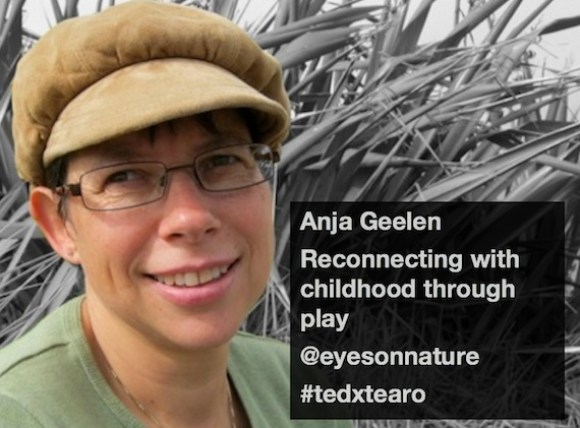Creating / curation is the new black.
And my 2013 theme:

Creating is action.
Doing.
“Where I create, there I am true”
Rainer Maria Rilke
Public speaking for me is a hugely innovative exercise. Many folks don’t understand the work and expressive energy that goes into a presentation and its delivery (especially if you don’t use a script or practice like me then the execution itself is very much an inventive act).
I. Want. To. Do. More. And. Get. Better.
But, also, taking the time to craft the opening video here or the images which compliments the text, is part of what I mean.
It’s the realisation of discovering what you’re good at plus what you’re passionate about then using that to spark creation.
Deconstructing. Starting. Expanding. Mashing up ideas. Disrupting. Smiling. Thinking.
Look out 2013 for lines in the sand and new ventures.

There are two areas of curation which hold my interest: developmental and experiential.
“Curation solves the problem of filter failure.”
Clay Shirky
Developmental
How do you / your organisation / company view curation? What role does it play in broadening discussions and skill development internally? How are you using it to celebrate those in your industry or even as a way of extending yourself?
The rise of the individual digital curator (thanks to sites like Tumblr / Pinterest) allows for a wider interpretation of the more traditional role. Although, the leaders in the field (Tina or Jason or Maria or Shaun etc) demonstrate a higher purpose rather just serving individual tastes, but that of aiming to inspire, educate, challenge, explode wonder, intrigue, curiosity, in their audience.
The idea of curation as a(n online) skill is hardly ever discussed in articles / conversations around social media. My argument is that it will become increasingly crucial to individual and organisational development—as the signal vs noise ratio of companies / organisations, let alone a sector or industry, continues to increase, so to is the need to understand how to navigate and sift through the information and concentrate it into action.
This is sucking the juicy wisdom out of the web and humanising it for good.
Experiential
TEDxTeAro (I’m the license holder) is an example of experiences as curative event.
There are two things to be announced in the New Year around stretching the idea of traditional events: one for Wellington-based creatives (to be made public next week) and the other for social media mavens like myself who want to explore the next set of questions (who understand the difference between strategy and culture and who want to get away from ‘how to use Twitter / Facebook’ to advertise in a slightly different way and sell stuff).
More to follow but thinking it’s time play around with event formats and offer attendees more than a seat and people talking at them.
What’s your 2013 theme? What do you think of mine? Leave a comment below you lovely tribe of readers you.




















